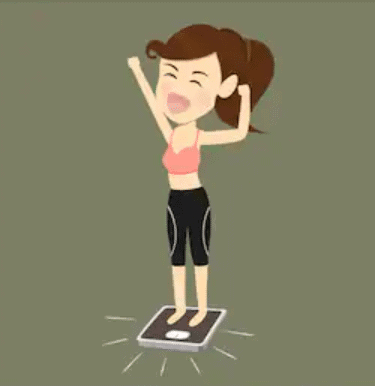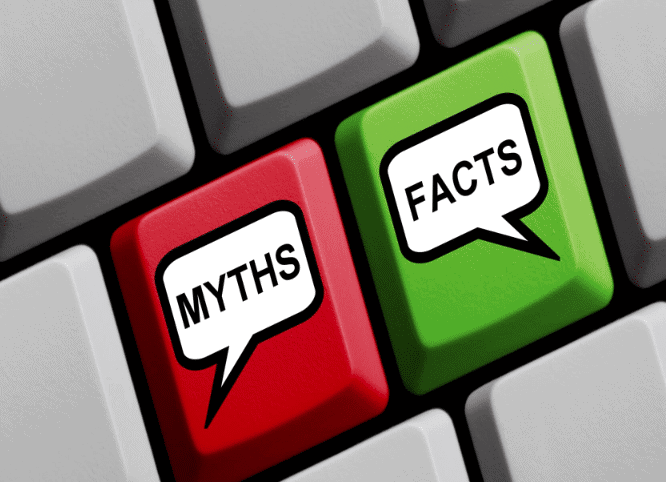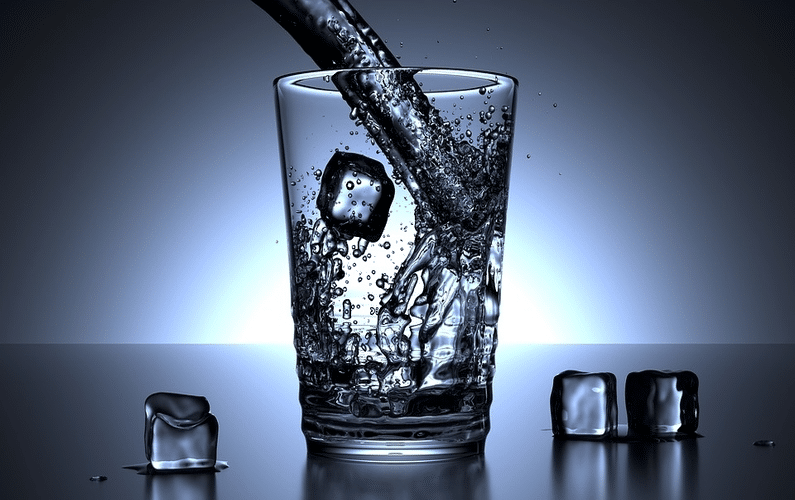Last Updated on November 9, 2023 by Fasting Planet
You just completed a water fast and you couldn’t be more proud of yourself. While you’ve experienced some awesome benefits such as ketosis, you know these types of fasts can’t last forever, so you’re slowly shifting back into a more regular diet. You do wish that you could maintain ketosis even after your water fast. Is there any way to make that happen? How?
To stay in ketosis after a water fast, do the following:
- Get some protein in your diet, but not too much
- Eat more healthy fats
- Exercise, exercise, exercise
- Enjoy some coconut oil
- Avoid carbs
- Fast again
In this article, we will elaborate more on the above methods for keeping up ketosis after wrapping your water fast. There’s a reason ketosis has caught on with so many people, and that’s because it’s truly good for our bodies. Make sure you keep reading so you too can keep your health on track.
What Is Ketosis?
For the uninitiated, ketosis is a metabolic state we can enter. Our bodies all have ketones, a type of acid. It’s possible to make even more ketones through fasting. You see, when we eat little food or even none at all, such as during a water fast, our body has to get energy from somewhere. Normally, it uses glucose as this source of energy. When that’s depleted, our body takes our stored fats and torches them for energy.
As we said, this increases our body’s ketone levels. We usually tend to remove a portion of our ketones each time we urinate. It is an acid, after all. With more ketones in our systems through fasting, we can experience a myriad of benefits that we’ll explain in the next section.
We do want to mention that it’s possible to get too much of a good thing. If you increase ketone levels exponentially, the acids in your blood can reach a point that could be deadly. This is known as ketoacidosis.
The Benefits of Ketosis
Weight Loss
By depriving your body of food for limited periods through an intermittent fast, you’re consuming less calories. Naturally, that can lead to weight loss. When you force your body into burning stored fat instead of glucose through ketosis, it’s possible for some people to accelerate that weight loss.

More Good Cholesterol
Cholesterol isn’t all bad. You want to make sure your body gets high-density lipoprotein or HDL cholesterol, which you can through a keto diet. In fact, some experts say you can obtain this form of cholesterol more effectively with a ketogenic diet compared to most other lower-carb diets.
Safeguard Yourself from Diseases
There could be a role between a ketogenic diet and preventing the development of metabolic syndrome, diabetes, and cardiovascular disease. Some believe it could even help with epilepsy, although more research will have to confirm this.
There’s also the potential for ketosis to have an effect on Lou Gehrig’s, polycystic ovary disease, some cancers, acne, and Alzheimer’s. Once again, further research is needed.
How to Stay in Ketosis after a Water Fast
Now that you know a bit more about ketosis and its benefits, you can understand why, upon entering a ketogenic state, that you’d want to stretch it out for as long as you can. With the following tips and methods, you might be able to do just that.
Keep up Your Proteins
Once you’re eating solid foods again after your water fast (and don’t jump into that right away), you want to manage your proteins carefully. Your body should get proteins to the point where your muscle mass doesn’t deplete even when you’re not consuming many carbs.
You also need enough that your liver gets amino acids to trigger gluconeogenesis. With this, your body produces fresh glucose stores. You must have this source of glucose since not every organ relies on ketones for energy.
Eating too few proteins could harm your health, even if it does make it easier to get back into a state of ketosis. Do your body a favor then and incorporate proteins into your diet, just not too many.
Consume Healthy Fats
Like all cholesterol isn’t bad, the same goes for fats. It’s okay to derive most of your calories from fats as part of a ketogenic diet, as long as they’re healthy fats. In fact, some people get as much as 79 to 80 percent of their daily caloric intake through these fats alone.
Which healthy fats should you focus on? Try to eat more tallow, lard, coconut butter, avocado oil, and olive oil. Do track your calories though so you don’t overdo it on the healthy fats.
Get Lots of Exercise
Although you’re eating less food on a fast, when in ketosis, you may find it easier to do endurance exercises according to a myriad of scientific studies. As ketosis can help your physical activity, your physical activity can help ketosis, specifically allowing you to get back into that state. That’s because your stores of glycogen disappear during physical fitness.
Depending on what you eat post-workout, you would restore your glycogen levels. By not consuming carbs (or eating very few), you don’t add back to your stores of glycogen. This keeps you in ketosis.
Implement Coconut Oil into Your Diet
We already talked about how coconut butter can be a healthy source of good fats, and so too can coconut oil. The fats within it, or medium-chain triglycerides, go straight to our liver. They then become ketones or can be sourced for energy.
There are different types of medium-chain triglycerides, and coconut oil has up to four kinds. One source that comprises half of all medium-chain triglycerides in coconut oil is lauric acid. That’s quite important, it turns out. There’s a potential for your body to maintain ketosis by having higher lauric acid levels since it metabolizes slower.
Do be aware that too much coconut oil can lead to diarrhea and stomach cramps, so don’t go all in immediately. Instead, ingest a teaspoon daily and then consume no more than three tablespoons every day once your body adjusts.

Don’t Eat Too Many Carbs
As we’ve explained throughout this entire article, carbs can inhibit your ketosis success. That’s because the amount of carbs you consume has a direct correlation on how much glucose your body has to use for energy. If you eat a lot of carbs, then you have an excess of glucose.
It’s only when glucose decreases through eating few or no carbs that insulin levels drop as well. With that, your body’s fat stores push out fatty acids. These go to the liver, making them into beta-hydroxybutyrate, acetoacetate, and acetone, three types of ketone bodies. Your brain then uses the ketone bodies for energy.
While it does vary per person, you might want to stick to about 20 grams of carbs each day if not fewer. This amount lets you enter and stay in a state of ketosis.
Do Another Fast
If you’re weary after a water fast, you don’t need to do another full-on fast like before. Instead, try going four or five hours without food and then eat. This might be enough to launch into ketosis for some people.
For others, what works is something known as fat fasting. With this, you eat mostly fat calories, up to 85 or 90 percent of your daily intake coming from fats. You should also limit your calories to no more than 1,000 each day.
Of course, if enough time has passed and you feel comfortable enough, you can do another water fast or any other type of intermittent fasting.
Conclusion
Ketosis occurs when our bodies don’t have enough glucose energy, often attributed to intermittent fasting. We then use alternate sources like fat stores to maintain our energy. Through a state of ketosis, we can lose weight, boost our good cholesterol, and prevent the development of certain diseases.
If you want to stay in ketosis even after your water fast ends, you can! Make sure you eat as few carbs as possible, get more healthy fats, maintain your proteins, and exercise a lot. You can always ensure you’re in ketosis by testing your urine, blood, or breath with a ketone meter.

